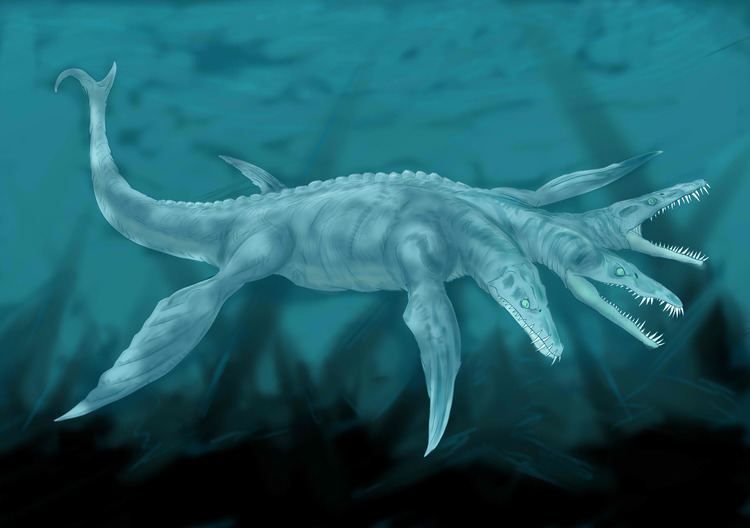Scientific name Mauisaurus haasti Rank Species | Class Reptilia Phylum Chordata Order Plesiosauria | |
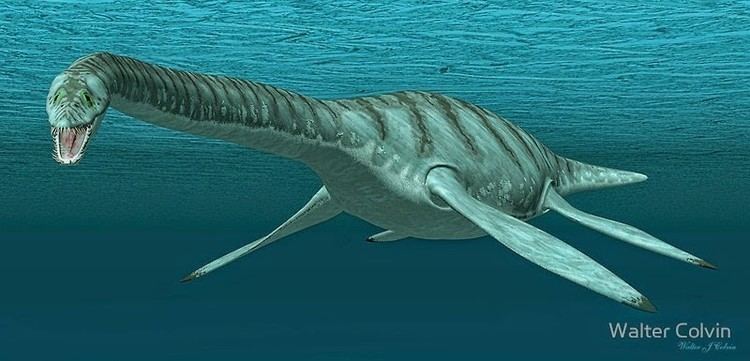 | ||
Genus †MauisaurusHector, 1874 Similar Trinacromerum, Styxosaurus, Plesiosauria, Leptocleidus, Geosaurus | ||
Mauisaurus level 40 new aquatic dino jurassic world the game
Mauisaurus ("Maui reptile") is a genus of plesiosaur that lived during the Late Cretaceous period around 80 to 69 million years ago in what is now New Zealand. It was the largest plesiosaur, and perhaps the largest marine reptile in New Zealand waters at the time. Mauisaurus haasti is the only known species of the genus. A handful of specimens have been found, although only a few are well preserved and mostly complete. The only other established New Zealand plesiosaur, Tuarangisaurus keyesi, cannot be linked as a direct relative to Mauisaurus.
Contents
- Mauisaurus level 40 new aquatic dino jurassic world the game
- Mauisaurus pack jurassic world the game gameplay hd
- Description
- History of discovery
- References
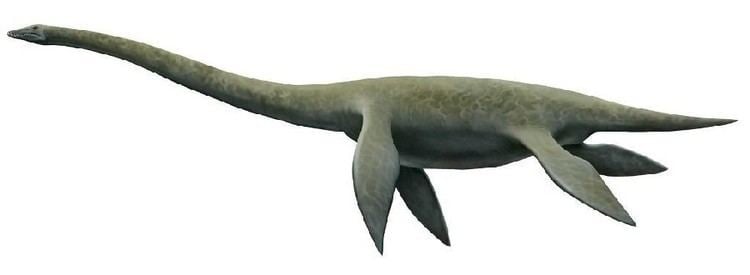
Mauisaurus pack jurassic world the game gameplay hd
Description
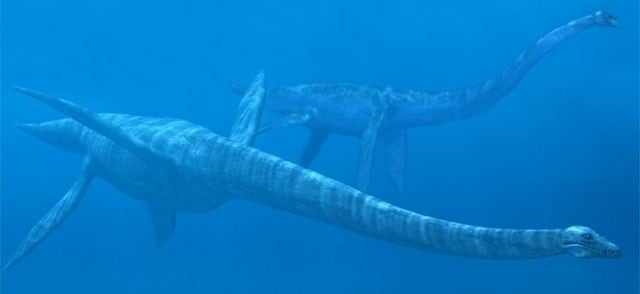
At 68 cervical vertebrae, Mauisaurus is notable for having one of the longest necks (in terms of vertebra number) of any plesiosaur. Mauisaurus was fairly large, reaching over 8 metres (26 ft) in length. Like other plesiosaurs, it had a long slender body, with numerous vertebrae, allowing flexible movement. On its underside, Mauisaurus had two sets of large flippers. These aided in swimming at high speeds, but may have also allowed the plesiosaur to venture onto shorelines for short amounts of time. Mauisaurus was a carnivore, with sharp jagged teeth that would have been used to grip fish or squid.
History of discovery
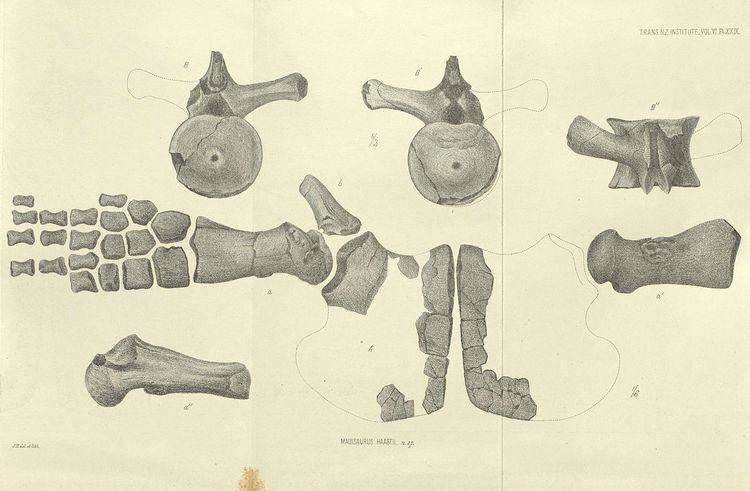
Mauisaurus remains have all been found in New Zealand's South Island, near Canterbury. Altogether, around seven Mauisaurus specimens have been found in the area, most in or around the Waipara River. One Mauisaurus fossil was even found battling a mosasaur from the New Zealand region. Mauisaurus gardneri was described in 1877, but was later found to be separate to Mauisaurus haasti and is now considered a nomen nudum.
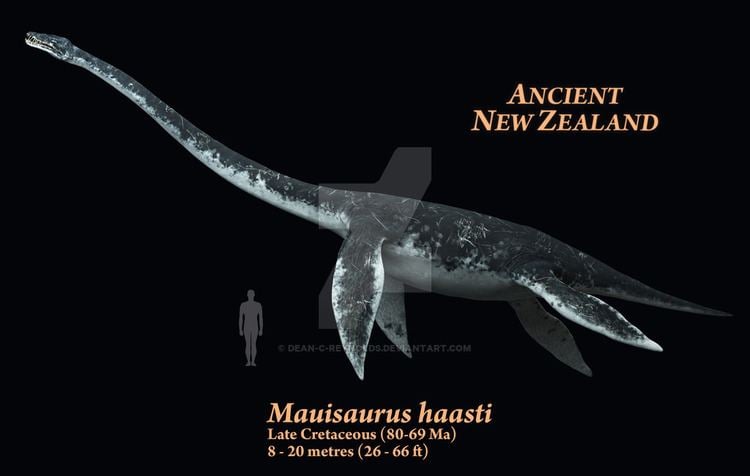
Mauisaurus gets its name from the New Zealand Māori mythological demigod, Māui. Māui is said to have pulled New Zealand up from the seabed using a fish hook, thus creating the country. Thus, Mauisaurus means "Māui reptile". Mauisaurus gets its scientific last name from its original finder, Julius Haast, who found the first Mauisaurus fossil in 1870. The specimen was then first described in 1874.
